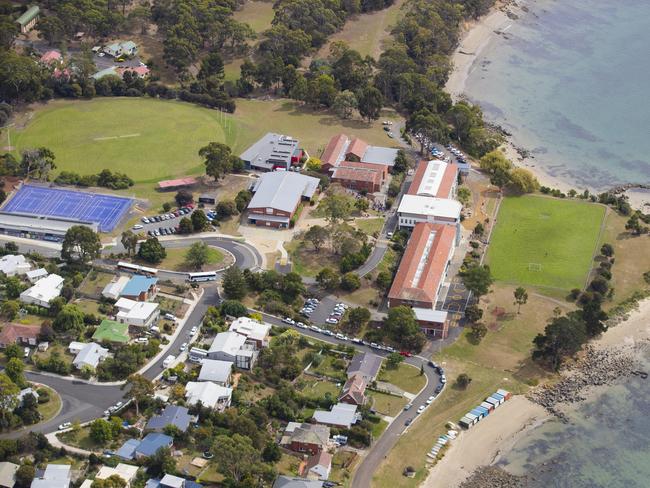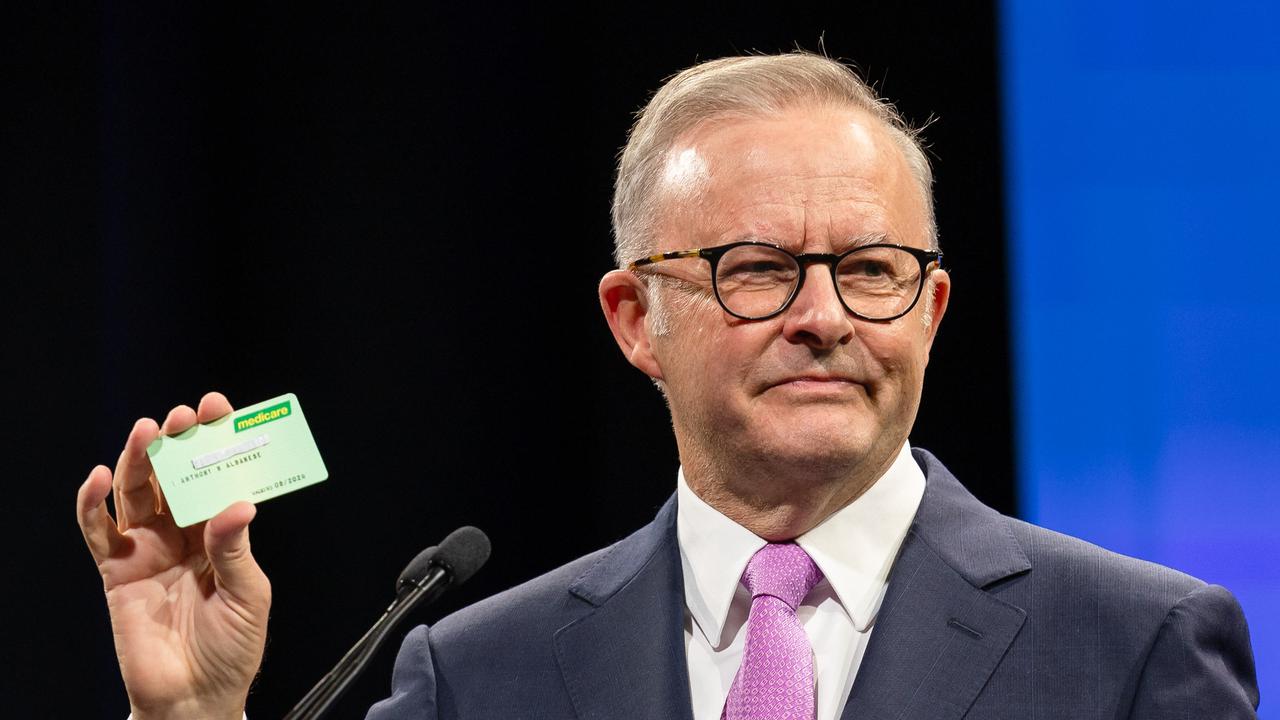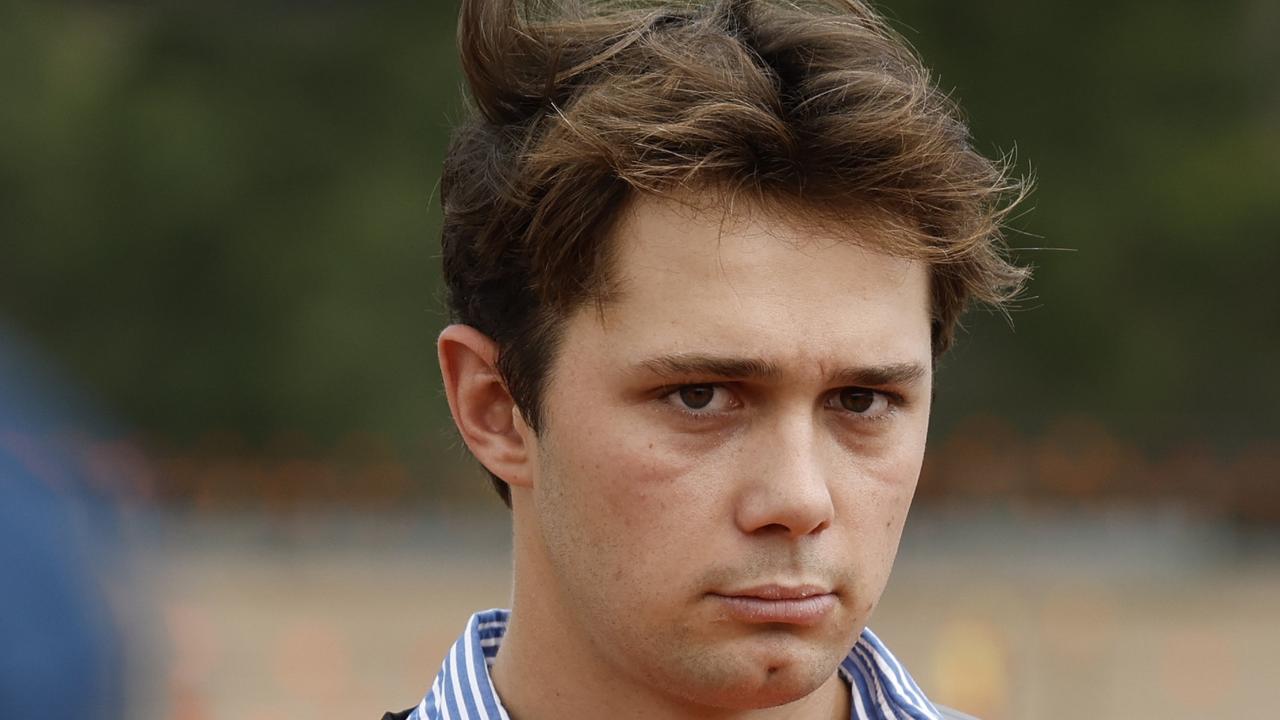Talking Point: Hobart needs a co-ed city high school
LISA DENNY: A growing Hobart needs a co-educational public secondary school

Opinion
Don't miss out on the headlines from Opinion. Followed categories will be added to My News.
THE issue of the lack of a co-educational public secondary school within the city of Hobart has regained momentum in recent weeks on the back of the establishment of a parent-led group, Hobart High Community — Tasmania group on Facebook. The group, which now has more than 500 members (disclosure: as a parent, I am a member), aims to advocate for the establishment of co-ed inner-city public high school by representing parent needs.
It is clear from the discussions within this group that for all those parents with children attending public primary schools in Greater Hobart, the decision of where to send their children for high school is becoming harder, for various reasons.
Given the 2015 Auditor-General Report which predicted that “on the trend of the past decade the public primary schools in the Hobart and Kingborough municipalities are likely to collectively exceed 90 per cent by 2018” with the report concluding that 90 per cent of capacity is considered full occupancy, and the potential flow-on effect this collective full occupancy will have on greater Hobart’s high schools, a co-ed inner-city high school should be front and centre of the Government’s radar, particularly given its commitment to improving educational outcomes for Tasmanians.
Since that time there have been various announcements of investment in school infrastructure — a 2018 pre-election commitment to invest $30 million in a new Brighton High School; also in 2018, $20 million to rebuild Cosgrove High School and in 2020 $5 million for the redevelopment of Taroona High School, likely to be on the back of a 2018 Department of Education Parliamentary Standing Committee on Public Works submission for a major redevelopment of Taroona High School which clearly stated that enrolments at Taroona High School exceeded capacity, that student numbers are projected to grow substantially, learning spaces were under size and some not fit-for-purpose.
In addition to this high school infrastructure investment, numerous public primary schools in Greater Hobart have been expanding their capacity almost annually with the addition of new learning spaces and support infrastructure, as short-term measures.
Since the 2015 Auditor-General report, the government has undertaken a feasibility study for a new inner-city high school.
While acknowledging in 2017 the massive growth impacting schooling in greater Hobart, no decision appears to have been made, finding only that “it would not necessarily resolve capacity pressures in Hobart schools, specifically Taroona” and that the department had “widened the scope of its investigations”.
Various explanations for this lack of decision also include the “need to consider the impact on surrounding schools”, “planning for future population growth is really complex … despite there being reasonable demographic demand”, “need to consider the impact of the University of Tasmania’s move into Hobart’s CBD”, and “Parents make choices based on a number of factors”. No doubt the rollout of the extension of many high schools to years 11 and 12 within Greater Hobart and the impact on the college system weighs heavily in this deliberation too.
Also since that time, Tasmania has experienced strong population growth, an objective of this Government, at the state’s highest rates this century and exceeding the rates used by the Auditor-General to predict that greater Hobart’s primary schools would be at full capacity by 2018.
More than 80 per cent of this growth in the past two years has been attributable to migration (both from interstate and overseas). Population growth driven by migration does make future population growth difficult to plan for. Migration can be unpredictable and volatile and is also subject to external forces with the added challenge that the composition of the migrants (their age and sex profiles) are unknown until well after they have arrived (and those that have left are accounted for).
Even so, population projections produced by the Department of Treasury and Finance using historical trends to inform future population growth and age structures, project that the number of 12-year-olds (used for this purpose as entry age for high school) in the Hobart, Kingborough and Glenorchy local government areas will continue to increase for the next 25 years, under both the high and medium series (of which Tasmania is currently tracking between). In the same population projections, while the state’s population growth is projected to slow by around mid-century, growth in the south of the state will remain strong. In addition, Glenorchy and Hobart are two of four local government areas in the state projected to still be experiencing natural population increase (more births than deaths) over the 25-year period. This should provide the Government some level of confidence that demand for both primary and secondary schooling in the Greater Hobart area will continue to increase for the foreseeable future.
The challenge now is to make a decision, because the demographic pressures aren’t going to go away any time soon.
Dr Lisa Denny is a research fellow with the Institute for Social Change at the University of Tasmania.


